Milan offers so much to tourists, but it is also a costly city, so I will tell you about some exciting places to see for free in this article. If I have intrigued you, read on to discover a creepy church, flamingos, street art, a rude sculpture and a cloned house.
PLAN YOUR TRIP TO MILAN
Before you go, buy the Milan Pass City Card online to enter the city’s museums, including La Scala and the Duomo, board the hop-on hop-off tourist bus, and travel free on public transport for the card’s duration.
To stay connected in Italy, remember to buy an Airalo eSim online, with data and phone coverage for your trip to Milan.
Table of Contents
1. The middle finger of Piazza Affari
L.O.V.E. is Maurizio Cattelan’s sculpture with a giant middle finger in front of the Milan Stock Exchange. Its name does not mean love in English but stands for Freedom (Libertà), Hate (Odio), Revenge (Vendetta), and Eternity (Eternità).
The huge Carrara marble hand of L.O.V.E. is in the pose of the fascist salute, an apparent reference to the architectural style of Palazzo Mezzanotte, where the Stock Exchange is located. However, he has all his fingers severed except the middle one, which in Italy is used to tell someone to fuck off.
The meaning should be a denunciation of the capitalism of banks and speculators. Curiously, the reference to the protest against high finance and the recession is an interpretation of art critics. It was never confirmed by Maurizio Cattelan, who probably just wanted to insult his financial advisor.
L.O.V.E.
Piazza degli Affari
20123 Milano
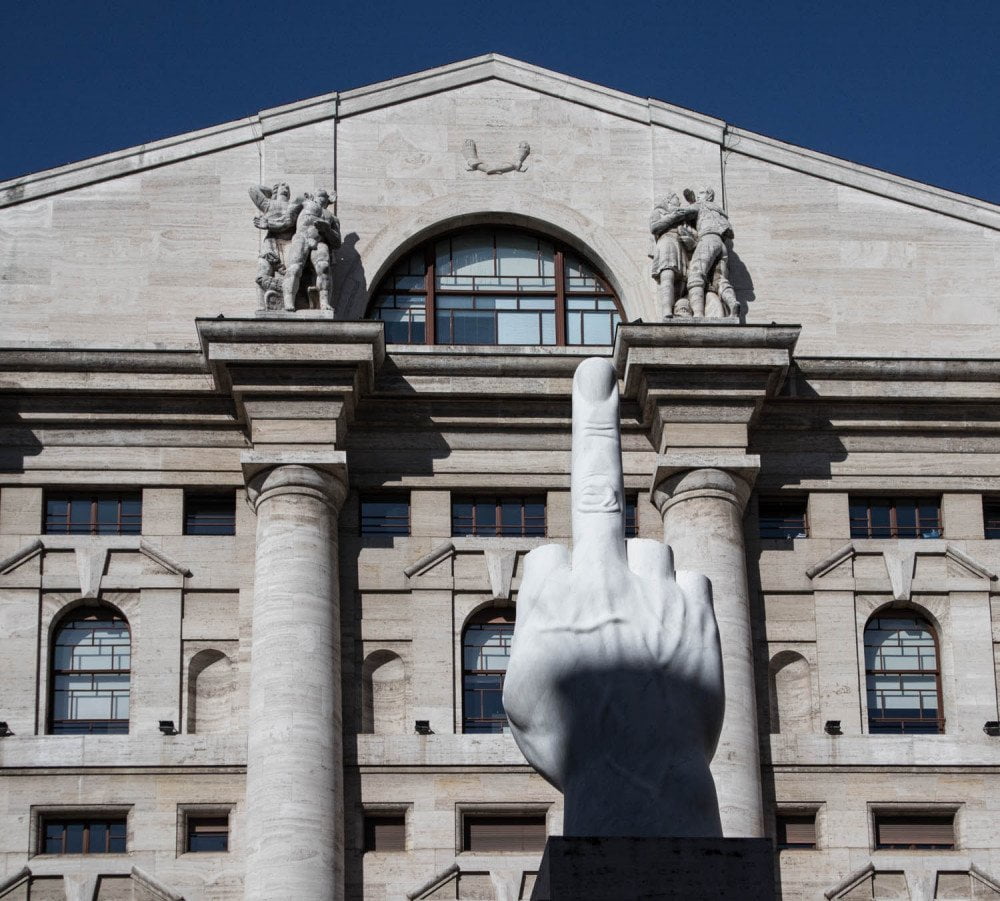
2. Porta Genova street art
Porta Genova is a neighbourhood in Milan near the Tortona area, the nearest metro stop to the MUDEC museum. It is named after the 1870 gate of the same name, as is its railway station. To get from the Porta Genova station to Via Tortona, there used to be an iron footbridge that served as an overpass for the tracks called the Ponte Verde degli Artisti. Its closure provoked protests from artists and residents who decorated the area with murales and protest signs.
The old bridge shortened the pedestrian crossing but was not at all accessible or safe with its steep iron staircase. The residents’ colourful protests beautified an otherwise rather run-down area. This area is undergoing major redevelopment, with old abandoned workshops and factories slowly replaced by new shops. So, on your next trip to Milan, it may already look different.
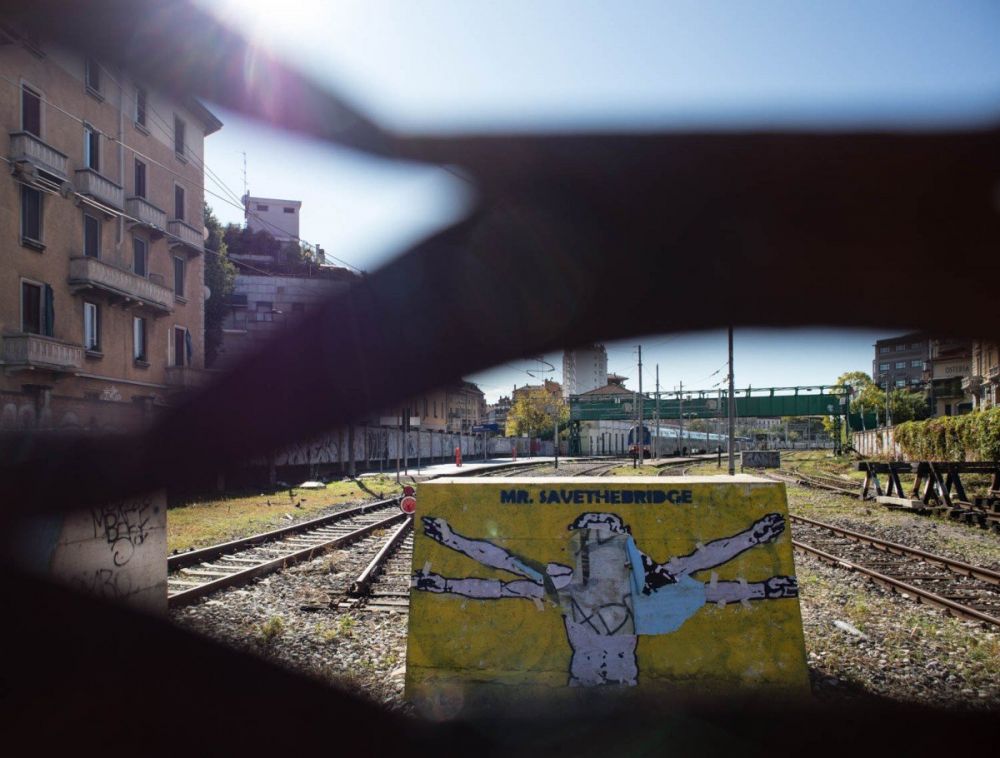
3. The Church of San Bernardino alle Ossa and its disturbing chapel
Unlike the church with the same name, the chapel of the Church of San Bernardino alle Ossa has no pictures or other paintings apart from the frescoed ceiling. This is because the chapel is decorated with bones from the church ossuary. The walls are entirely covered with human remains.
Yes, you’ll see real human bones in the chapel. The veneration of human remains is nothing new for Catholics. However, visiting this ossuary as a tourist is quite a disturbing experience, even if it is rightly among the curious things to see in Milan.
The San Bernardino complex dates back to 1127, when Gottifredo de Busseri founded it as a hospital. The interior of the ossuary is a square-plan chapel, its walls almost entirely covered with human bones recovered from the ancient ossuary and exhumed from the cemeteries closed in 1652 along with the local hospital.
Santuario di San Bernardino alle Ossa
Piazza Santo Stefano
20122 Milano
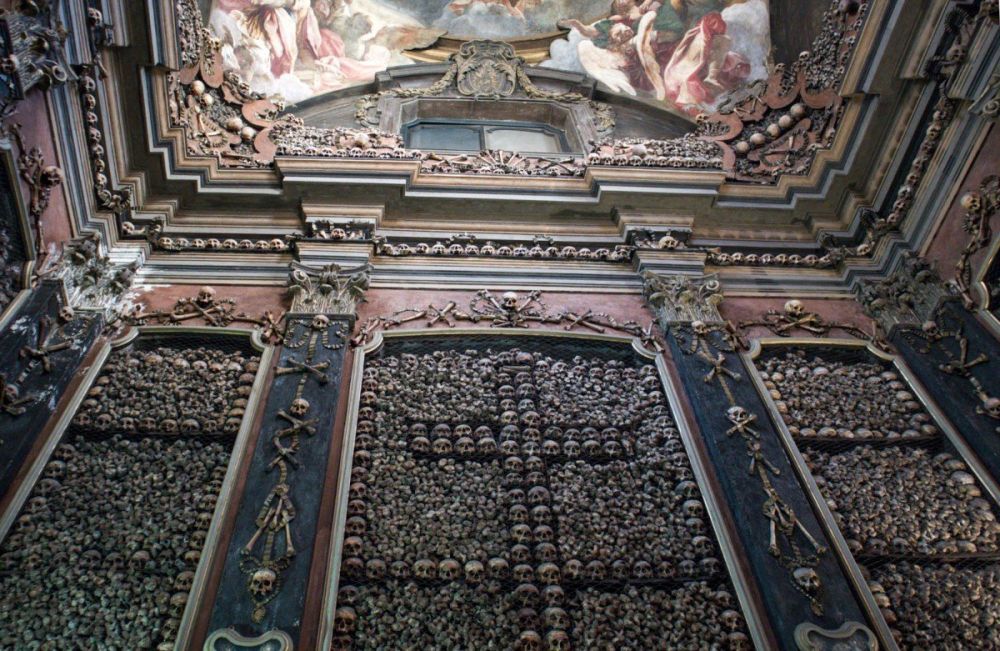
4. The pink flamingos of Villa Invernizzi
Among all the curious things to see in Milan is a villa with pink flamingos belonging to Phoenicopterus roseum, native to Africa, and Phoenicopterus chilensis, native to Chile. The villa belonged to Sir Romeo Invernizzi, inventor of the popular Italian cheese ‘Invernizzina’ and ‘Formaggino MIO’, which made all Italian children of my generation very happy.
Sir Invernizzi’s deep appreciation for nature led him to acquire two buildings for his Milanese villa: an Art Nouveau residence and an adjacent one, later demolished to create a striking flamingo garden. Through his will, he mandated the Invernizzi Foundation, the steward of the family estate, to safeguard these spaces.
Although the expansive hedges and trees shroud the garden and villa from public access, you can peer through the gate bars, attempting to catch glimpses of flamingos leisurely strolling around the pond and park. Don’t feel awkward; observing from the outside seems a relatively common Milanese pastime.
Villa Invernizzi
Via Cappuccini, 7
20122 Milano
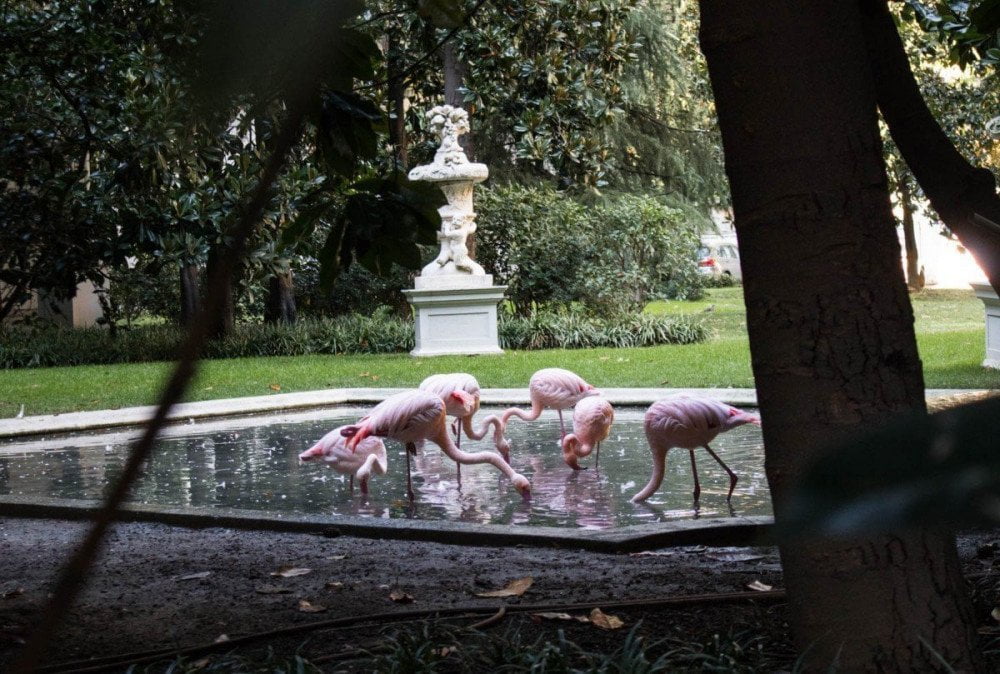
5. The 770 House in Via Poerio
At 35 Via Poerio, there is a building utterly different from the other buildings in the street. At 35 Via Poerio stands a building that starkly differs from the others on the street. The uniqueness of this house lies not only in its architectural style but also in its membership in a group of 16 identical houses dispersed worldwide, collectively known as 770 House.
The original model is a building located at 770 Eastern Parkway in Brooklyn, from whose house number the name Case 770 derives. In 1940, a group of Orthodox Lubavitcher Jews bought it for Rabbi Yoseph Yitzchak Schneerson, who had emigrated to the United States to avoid Nazi persecution.
Upon his demise, Menachem Mendel Schneerson, his son-in-law, inherited the house and achieved renown in the Orthodox Jewish community for establishing Chabad centers. His charismatic leadership turned House 770 into a crucial place of worship, leading to its replication worldwide.
You can spot many replicas of House 770 across the globe, including in the United States (New Jersey, Cleveland, Los Angeles), Canada (Montreal), Israel (Ramat Shlomo, Kfar Chabad, Kfar Tpuach, Kiryat Ata, Zichron Yakov near Haifa), Brazil (Sao Paulo), Argentina (Buenos Aires), Australia (Melbourne), Chile (Santiago), Ukraine (Dneprodzerzhinsk), and Italy (Milan).
Rabbi Garelik built House 770 in Milan in the 1960s. The house was then renovated in the 1990s. If you live in Milan, check the dates when it is open to the public for artistic and culinary events to spread Jewish culture in the spirit of Rabbi Menachem Mendel Schneerson.
House 770
Via Carlo Poerio, 35
20129 Milano
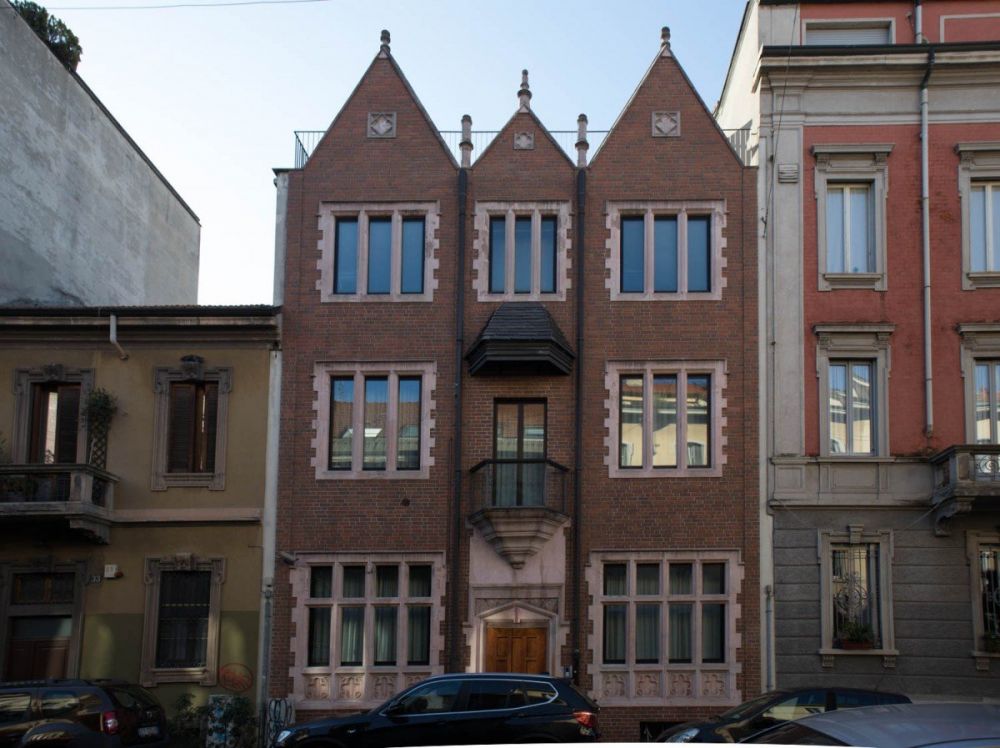
Where to stay in Milan
Milan is one of Italy’s largest cities and, for this reason, offers every possible type of accommodation. Park Hyatt Milano is the most luxurious hotel in the heart of the fashion district in Milan. It’s near the Cathedral and La Scala Theatre, making it an excellent tourist location. For cheaper yet elegant accommodation, try Aparthotel Meneghino, within walking distance of Milan Cathedral and the Milan Fashion District. B&B Le Dimore Suites Milano is also a great option with a terrace and views of the inner courtyard.
Let me know in the comments if you’ve explored these captivating free spots in Milan, and feel free to suggest any additional hidden gems to enrich this list.
